New Hot Water Heater Install Information

by
Woodbridge Environmental Tiptophouse.com
(IC: professional)
Many DIY folks install their own hot water heaters. This is a great way to save on some big bucks when compared to having a pro do it. With several new code requirements installing these devices can become a bit tricky as there has been a new added part to the heater that people do not really understand.
Because of the risks of flame roll out from the front of the hot water heaters that you most likely have installed in your home, the manufactures along with several code bodies have required some special safety improvements that you may not be aware of.
Gone are the hot water heaters that had access to the flame and pilot light, that many of us laid on our belly's to see and light. New ignition systems have eliminated that difficult task. So the area in which the flame often rolled out has been removed. All that remains is a sealed off window so you can see what is going on.
As in the past the air always entered in from around the bottom edges of the heater. But a safety concern has required hot water heater manufactures to re-think how that air enters and how the flame roll out is handled. So they installed a new device that looks much like a screen under the heater it is called a flame arrestor screen. You will not see this unless you turn the heater over, but you will know its there as the new heater also comes with a filter that is required to install around the base. This initial filter keeps dust and dirt from plugging this important safety device. It also serves as a prevention device should automobile gasoline fumes enter into the combustion area and ignite. The flame simply will not flow out of the heater with this device operating correctly.
In addition there is a flammable gas vapor sensor installed in the combustion area of the heater, should it sense a high enough vapor level that could cause an explosion it simply turns off the pilot light and prevents the main flame from coming on.
So the first thing you need to understand is that you must install this plastic filter that comes with the hot water heater. Its not simply there for homes that have lots of dust and critters that can cause dander and hair from collecting, but to assure that the main flame arrestor screen stays clean.
The next thing you need to understand is why your pilot light may keep failing. In the past this repair was simple. Replace the thermocouple that sensed the pilot light and you were done. However with the vapor sensor and the fine flame safety filter mounted under the heater, this can also be the issue. If the filter plugs under the hot water heater it will prevent enough air for proper combustion. You will see this in the glass access window as a very yellow flame. So if your pilot light goes out, and you ruled that there is no gasoline present and you cannot keep the pilot light on. You need to check for blockage on the flame arrestor screen as it may be plugged. So you now have another filter to clean once a year. You can do this with a small vacuum hose and brush, or blow some compressed air onto the filter to clear any debris that may have collected and bypassed the first filter surrounding the heater itself.
Also remember in the past if your basement flooded, you simply crossed your fingers after the heater dried up and lit the pilot. Well now you need to check and determine if the flame arrestor screen is clear. This can be a bit difficult to do as its normally only two inches off of the floor. So when installing this new heater, be sure to install it on cement blocks so you can access under the heater to maintain it. Got a overflow pan, You will really want to install those bricks to raise the heater higher than the overflow pan itself.
Because of the risks of flame roll out from the front of the hot water heaters that you most likely have installed in your home, the manufactures along with several code bodies have required some special safety improvements that you may not be aware of.
Gone are the hot water heaters that had access to the flame and pilot light, that many of us laid on our belly's to see and light. New ignition systems have eliminated that difficult task. So the area in which the flame often rolled out has been removed. All that remains is a sealed off window so you can see what is going on.
As in the past the air always entered in from around the bottom edges of the heater. But a safety concern has required hot water heater manufactures to re-think how that air enters and how the flame roll out is handled. So they installed a new device that looks much like a screen under the heater it is called a flame arrestor screen. You will not see this unless you turn the heater over, but you will know its there as the new heater also comes with a filter that is required to install around the base. This initial filter keeps dust and dirt from plugging this important safety device. It also serves as a prevention device should automobile gasoline fumes enter into the combustion area and ignite. The flame simply will not flow out of the heater with this device operating correctly.
In addition there is a flammable gas vapor sensor installed in the combustion area of the heater, should it sense a high enough vapor level that could cause an explosion it simply turns off the pilot light and prevents the main flame from coming on.
So the first thing you need to understand is that you must install this plastic filter that comes with the hot water heater. Its not simply there for homes that have lots of dust and critters that can cause dander and hair from collecting, but to assure that the main flame arrestor screen stays clean.
The next thing you need to understand is why your pilot light may keep failing. In the past this repair was simple. Replace the thermocouple that sensed the pilot light and you were done. However with the vapor sensor and the fine flame safety filter mounted under the heater, this can also be the issue. If the filter plugs under the hot water heater it will prevent enough air for proper combustion. You will see this in the glass access window as a very yellow flame. So if your pilot light goes out, and you ruled that there is no gasoline present and you cannot keep the pilot light on. You need to check for blockage on the flame arrestor screen as it may be plugged. So you now have another filter to clean once a year. You can do this with a small vacuum hose and brush, or blow some compressed air onto the filter to clear any debris that may have collected and bypassed the first filter surrounding the heater itself.
Also remember in the past if your basement flooded, you simply crossed your fingers after the heater dried up and lit the pilot. Well now you need to check and determine if the flame arrestor screen is clear. This can be a bit difficult to do as its normally only two inches off of the floor. So when installing this new heater, be sure to install it on cement blocks so you can access under the heater to maintain it. Got a overflow pan, You will really want to install those bricks to raise the heater higher than the overflow pan itself.
The flame and vapor filter and safety device is located here.
This is another view of the location of the arrestor screen and the exterior filter that you will see in the box with the new heater.
This is a photo of a old style hot water heater along with the two metal doors to access the pilot light.
Here you see the view window and sealed combustion face unlike that of the heater that you most likely have installed in your home.
Enjoyed the project?
Published June 26th, 2016 2:41 AM
Comments
Join the conversation
1 comment
-
Flame rollout was not the main concern. I have rarely replaced a water heater that had no flame rollout. The main reason to seal the heaters was that people would unknowingly store items in the basement that that were highly flammable and off gas. Gas leaks also posed a danger as the gasses could migrate to the heater and explode.
 William
on Jun 26, 2016
William
on Jun 26, 2016
-
-
 John White
on Jul 25, 2018
John White
on Jul 25, 2018
Thanks for sharing the DIY and installation method to install a new water heater. It really helpful for the homeowners. But if you are looking for the professional heating contractors near you then you can contact-us to White Mechanical, Inc. at http://www.whitemechanical.com/
-






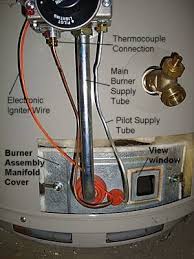
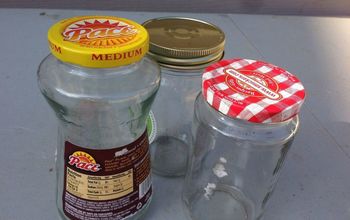




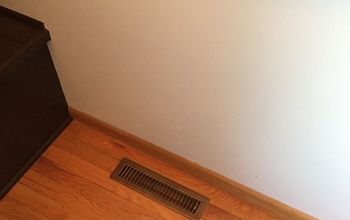
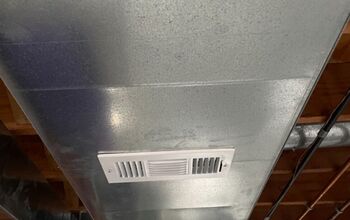


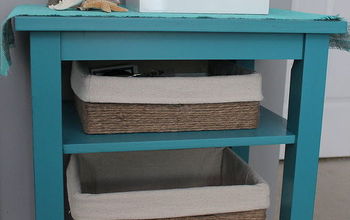

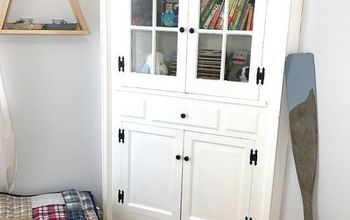





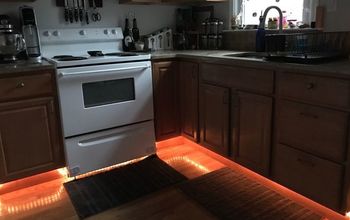


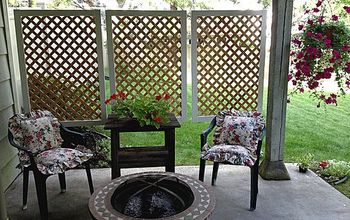

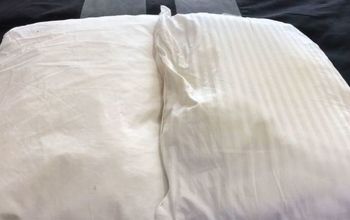
Frequently asked questions
Have a question about this project?